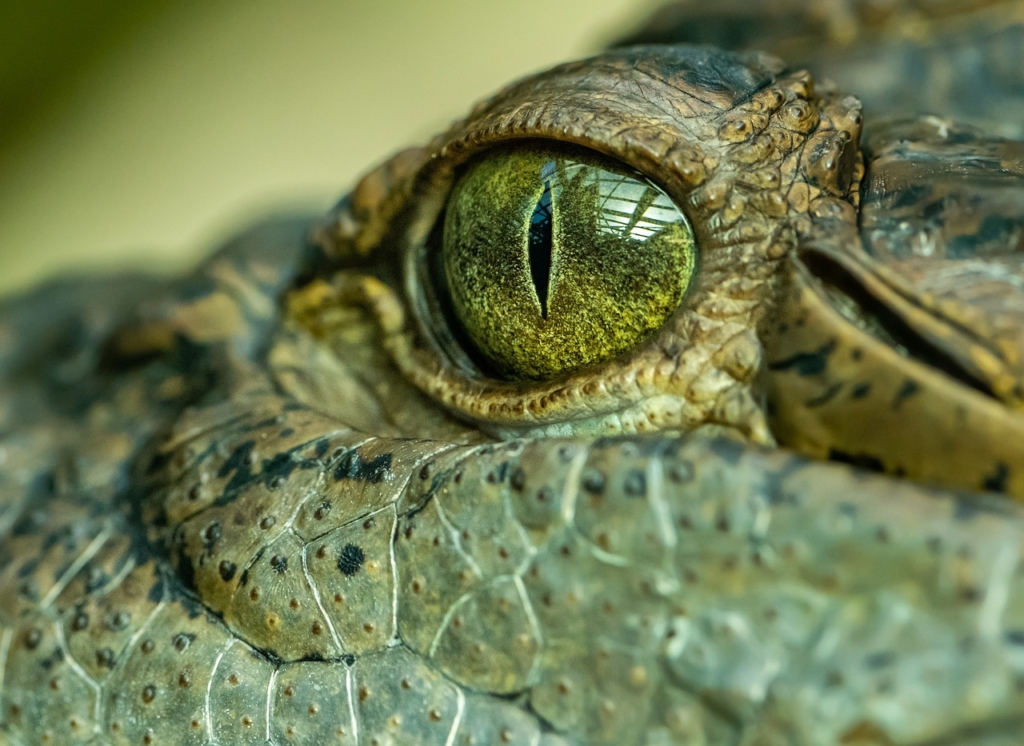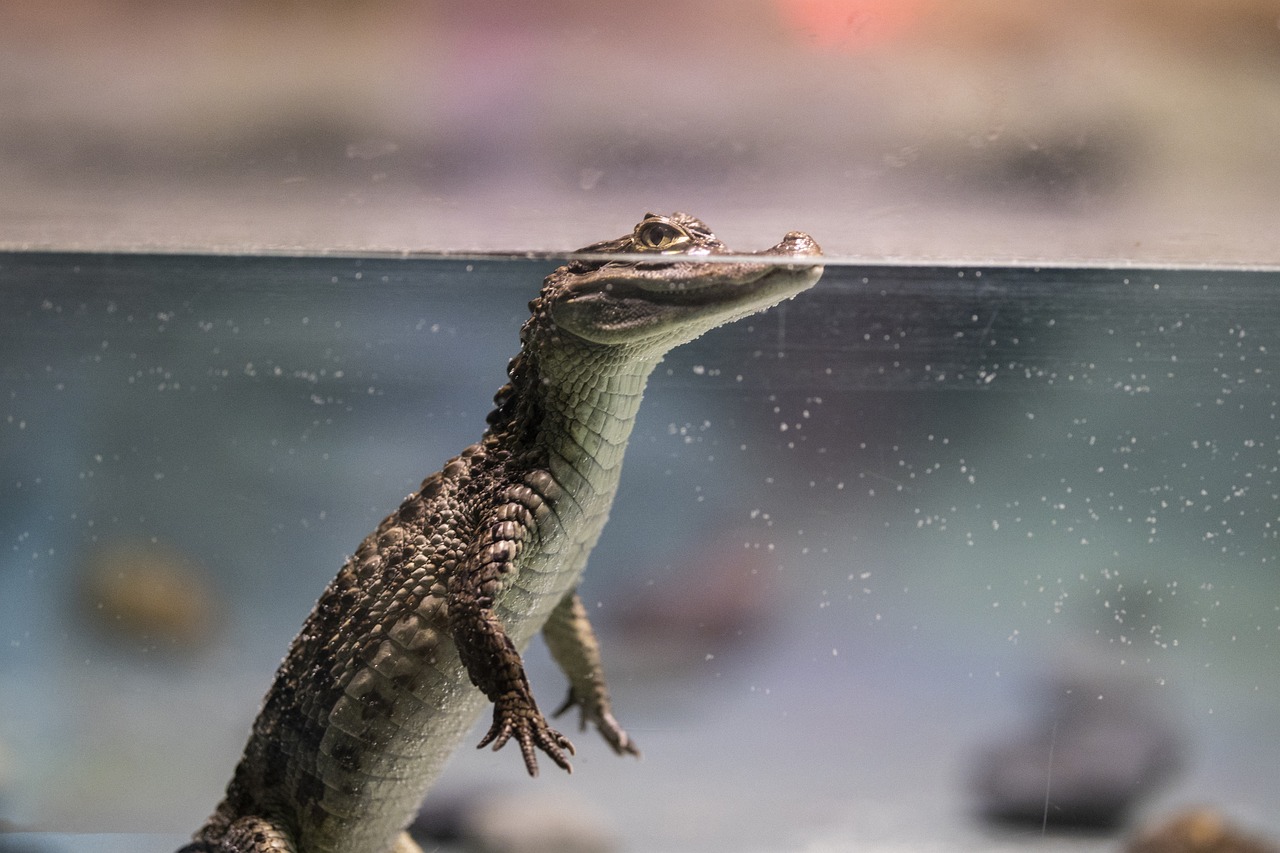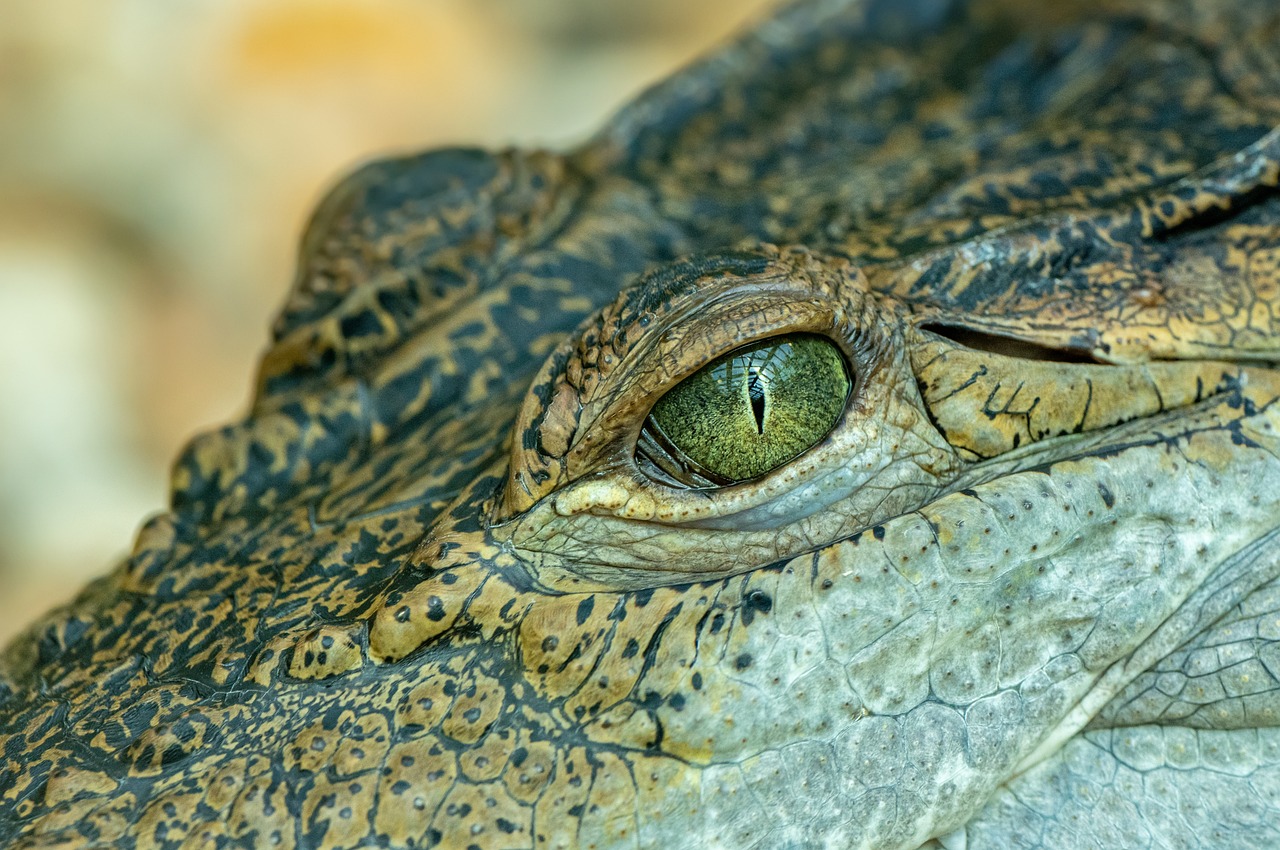The Grinch, Crocodiles, and Cane Toads: A Unique Ecological Challenge
When Dr. Seuss whimsically likened the Grinch to the “tender sweetness of a seasick crocodile,” he may have unintentionally stumbled upon a fascinating truth about these reptiles. When they experience nausea, crocodiles do not simply regurgitate their last meal; instead, they become lethargic and prefer to lounge rather than pursue their next quarry. This unique behavior has caught the attention of researchers in Australia, who believe that a bit of nausea might play a crucial role in shielding crocodiles from a toxic invader: the cane toad.
In an innovative approach, ecologists recently set traps baited with the carcasses of toads in the gorges favored by freshwater crocodiles. However, these traps were not filled with the usual deadly toxins that the toads are known for. Instead, the toads were injected with a chemical that induces nausea. The findings from this experiment, published in the journal Proceedings of the Royal Society B, suggest that these chemically tainted toads may actually help save crocodile populations by altering their feeding behavior.
Cane toads, originally introduced to Australia in 1935 with the noble intention of controlling pests affecting sugar cane crops, have since become a notorious invasive species. These amphibians can grow as large as chihuahuas, making them an appealing meal for native predators. However, they contain potent toxins secreted from glands near their heads, which pose a lethal threat to those who attempt to consume them.
Even apex predators like freshwater crocodiles are not immune to the deadly effects of these toads. In regions where cane toads have established themselves, crocodile populations have tragically plummeted by over 70 percent. This alarming decline has raised significant concerns among conservationists.
According to Georgia Ward-Fear, a conservation ecologist at Macquarie University in Australia, attempts to eradicate cane toads have largely failed, leading her to conclude that “cane toads are here to stay.” Faced with this reality, Dr. Ward-Fear and her team have pivoted to a different strategy to combat the crisis: they are working to train native wildlife to coexist with these invasive toads.
To discourage predators from consuming cane toads, the researchers employ a technique known as conditioned taste aversion. Dr. Ward-Fear likens this approach to a beneficial episode of food poisoning, suggesting that conservationists can “train animals not to eat cane toads by providing them with nonlethal encounters with cane toad baits.” Through this innovative method, they hope to mitigate the impact of cane toads on native wildlife, particularly freshwater crocodiles.















